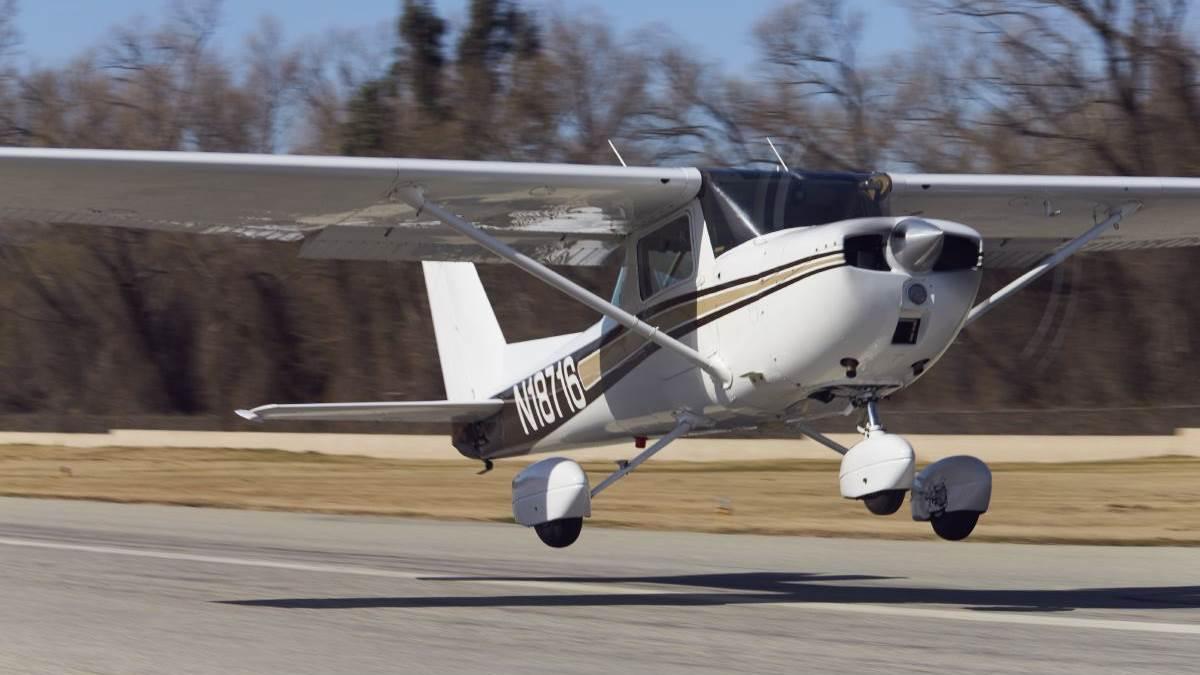Stretching a dollar
10 tips for saving money on training
Let’s face it: Flight training isn’t cheap. But you can reduce the cost of learning to fly by following a few simple tips.

- Train often. Don’t give your newfound skills a chance to get rusty between lessons. Book frequent flights to finish training in fewer total hours.
- Come prepared. Many skills are best learned in the cockpit. But many more concepts—aerodynamics, aircraft systems, and more—can be learned in the calmer environment of ground study. Do your homework, and you’ll spend less money on aircraft rentals and instructor time. You can even complete your ground training and knowledge test before you set foot in an airplane.
- Hit the sim. Practice procedures and emergencies in a realistic environment, without the full cost of an aircraft, by using flight simulators or aviation training devices.
- Fly old, small, and simple. Many factors go into choosing the right airplane for training (see “What Will You Fly?” at right). But if your goal is saving money, be prepared to fly something much older than the typical car. Aircraft must go through frequent inspections and engines are overhauled periodically, so a well-maintained aircraft can be decades old and still fly like new. And those slick, newer four-seaters with colorful, digital glass-cockpit displays may make great training platforms, but you’ll learn the same flying concepts in a slow two-seater with analog gauges. Your shiny new pilot certificate is all the glamour you’ll need.
- Go sport pilot. Speaking of smaller aircraft, the lower operation costs of some Light Sport aircraft and the lower hour requirements of the sport pilot certificate (see “What Type of Certificate?” p. 36) make this an option for some pilots looking to save money.
- Fly gliders. No engine, no fuel cost. Just make sure you have a go-to friend who can pick you up if (when) you land off-airport.
- Bum rides. Flying with another pilot can help you absorb the language of radio communications, the nuances of avionics, and real-world flying considerations you may not learn about in training. It’s also a lot of fun.
- Get creative. Know anyone who will let you wash airplanes, mow grass, or clean floors for flight time? You’ll never know if you don’t ask.
- Apply for scholarships. It’s a lot easier to pay for training when someone else is pitching in. Applications for AOPA’s 2018 scholarships have closed, but look for next year’s scholarships in early spring.
- Join the hangar talk. Pilots love to talk about flying. Swapping stories by the airplane is an opportunity to share a common passion with fellow pilots, but it also offers an opportunity to share valuable lessons from flights that didn’t go as planned.

Sarah Deener
Senior Director of Publications
Senior Director of Publications Sarah Deener is an instrument-rated commercial pilot and has worked for AOPA since 2009.


